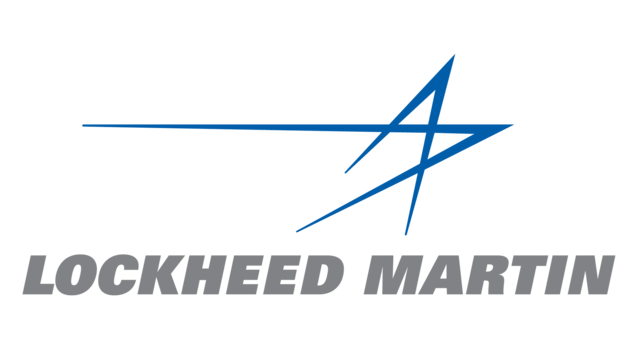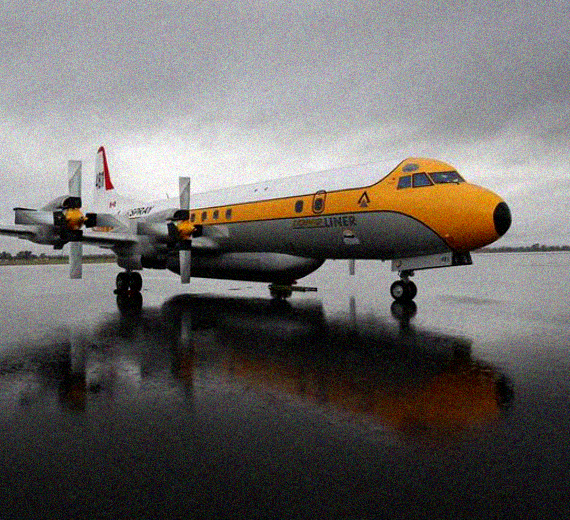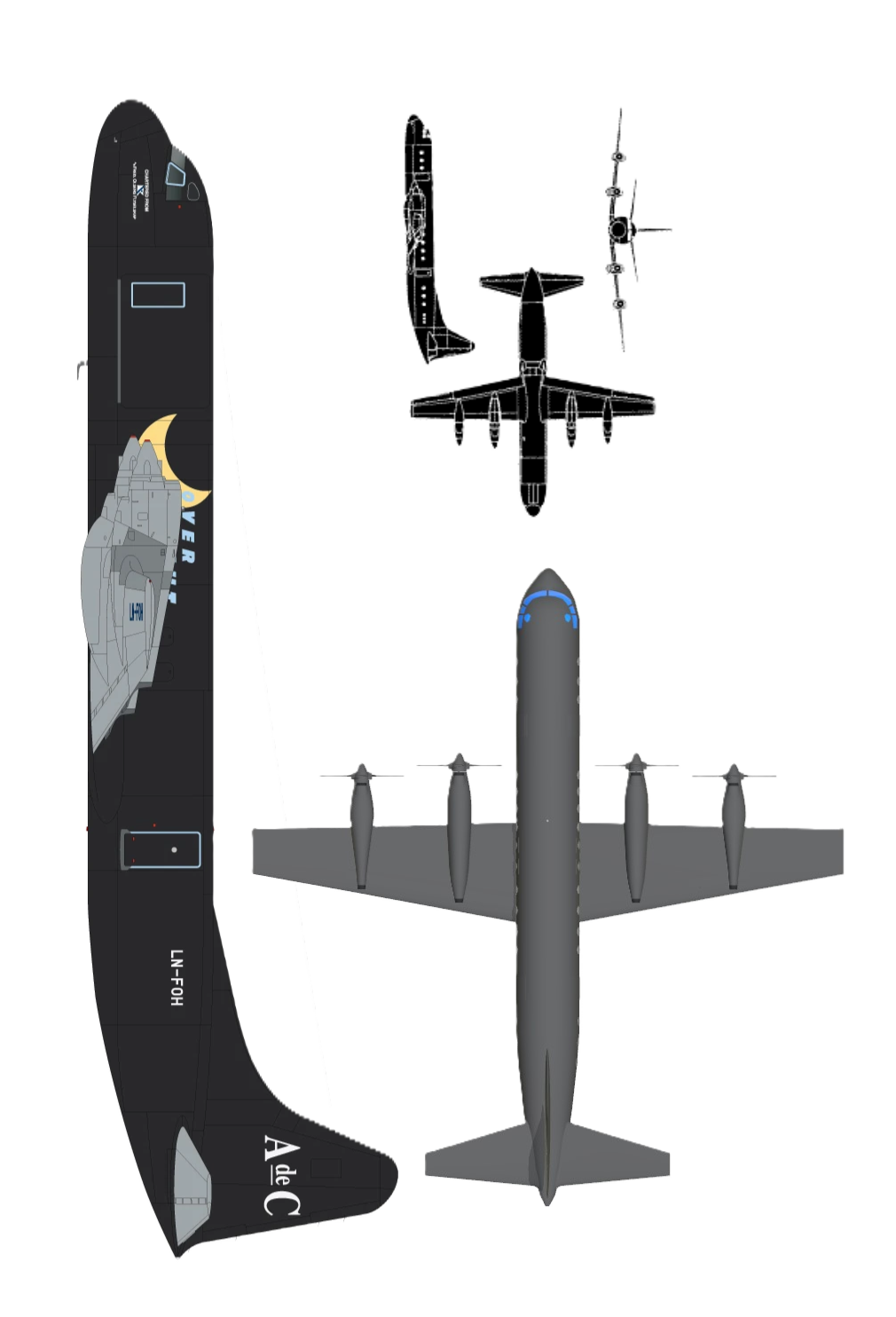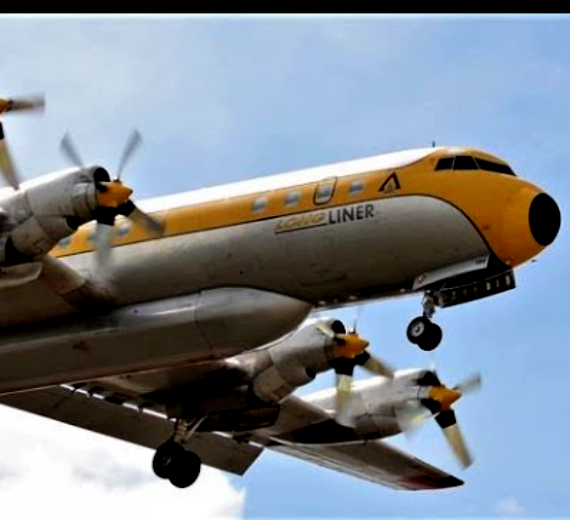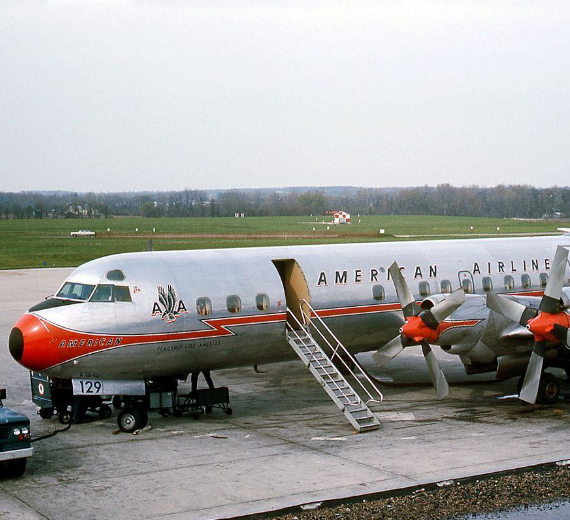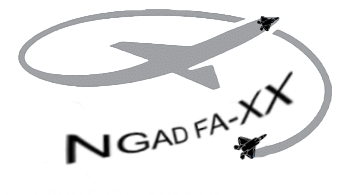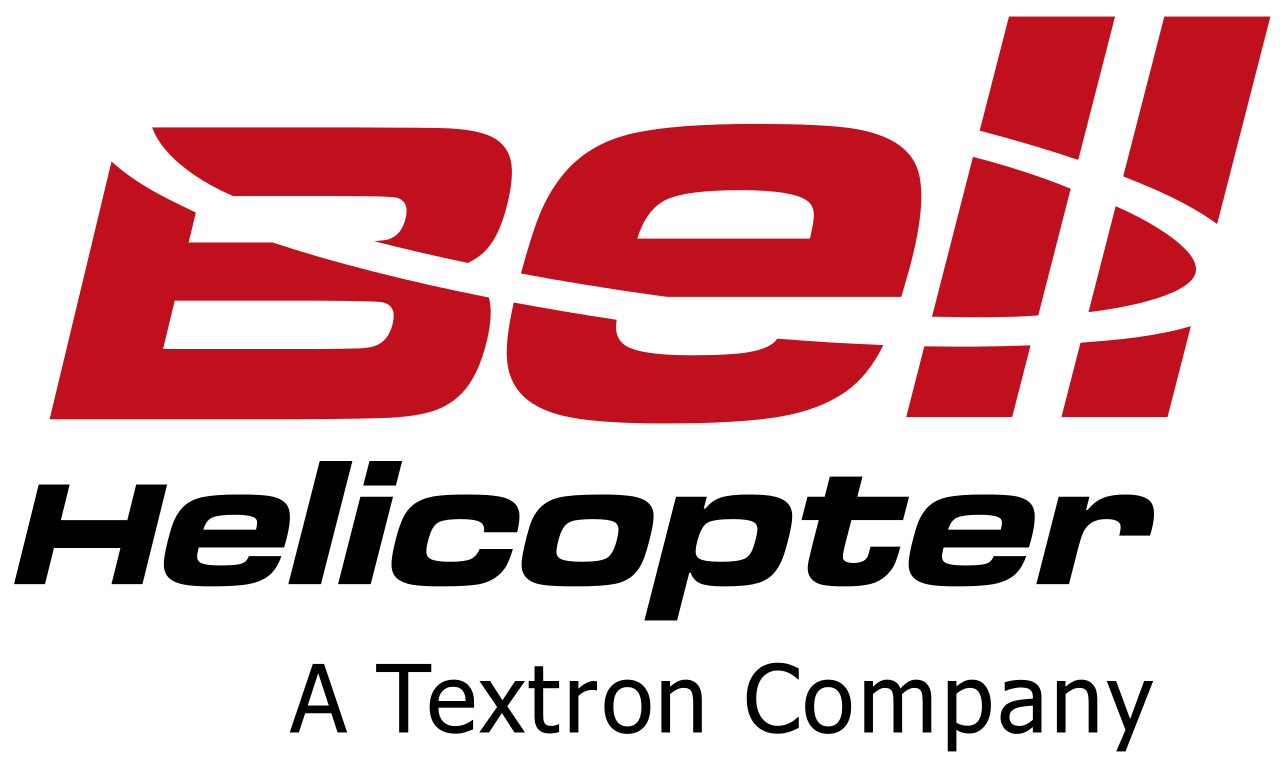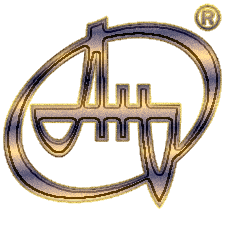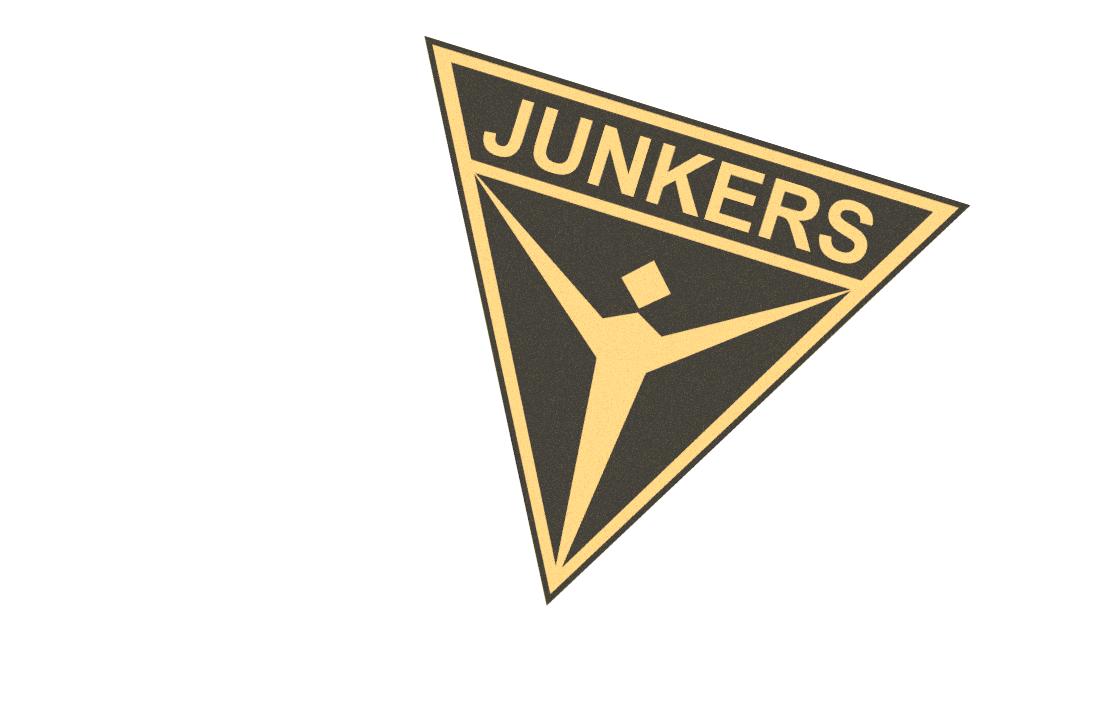Lockheed
L-188 Electra II
 |
|
| General information | |
|---|---|
| Type | Turboprop airliner |
| National origin | United States |
| Manufacturer | Lockheed Corporation |
| Status | In service |
| Primary users | Air Spray Buffalo AirwaysConair Group (Retired) Eastern Air Lines (Retired) American Airlines (Retired) National Airlines (Retired) |
| Number built | 170 |
| History | |
| Manufactured | 1957–1961 |
| Introduction date | January 12, 1959, with Eastern Air Lines |
| First flight | December 6, 1957 |
| Developed into | Lockheed P-3 Orion |
.
History Lockheed / Martin Aircraft
Lockheed L-188 Electra II
First flight December 6, 1957
Introduction January 12, 1959,
Design
The Model 188 Electra is a low-wing cantilever monoplane powered by four wing-mounted Allison 501-D13 turboprops. It has a retractable tricycle landing gear and a conventional tail. It has a cockpit crew of three and can carry 66 to 80 passengers in a mixed-class arrangement, although 98 could be carried in a high-density layout. The first variant was the Model 188A, followed by the longer-range 188C with room for 1,000 US gallons (3,800 L) more fuel and maximum take-off weight 15000 KG / 33069 lbs.

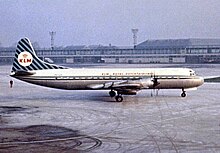
0
KmCeiling
0
KmMAX RANGE
0
Km/hAircraft Speed
0
Max Crew
Photo Gallery
Lockheed/Martin Aircraft
Lockheed L-188 Electra II
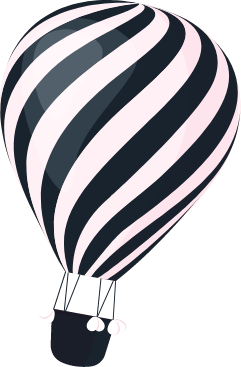
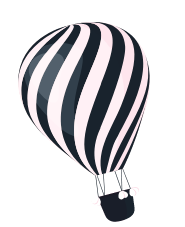
Lockheed / Martin Aircraft
Lockheed L-188 Electra II
First flight December 6, 1957
Introduction January 12, 1959,
Lockheed Martin
- Crew: Three
-
Capacity:
- 98 passengers or
- 33,800 lb (15,300 kg) payload
- Length: 104 ft 6 in (31.85 m)
- Wingspan: 99 ft 0 in (30.18 m)
- Height: 32 ft 10 in (10.01 m)
- Wing area: 1,300 sq ft (120 m2)
Powerplant
- Empty weight: 57,400 lb (26,036 kg)
- Max takeoff weight: 113,000 lb (51,256 kg)
- Fuel capacity: 5,520 US gal (4,600 imp gal; 20,900 L) normal capacity[100]
- Powerplant: 4 × Allison 501-D13 turboprop engines, 3,750 shp (2,800 kW) each
Specifications
- Maximum speed: (448 mph, 721 km/h) at 12,000 ft (3,700 m)
- Cruise speed: 324 kn (373 mph, 600 km/h)
- Range: 1,900 nmi (2,200 mi, 3,500 km) with maximum payload, 2,410 nmi (2,770 mi; 4,460 km)
- Service ceiling: 28,400 ft (8,700 m)
- Rate of climb: 1,970 ft/min (10.0 m/s)
Aircraft of
comparable role
Links to Youtube & Others
In 1973, the Argentine Navy bought three Electras equipped with cargo doors. These were used during the "Dirty War" to toss political prisoners into the Rio de La Plata in the infamous death flights. The Electras were also used for transport duties during the Falklands War in 1982.
Lockheed/Martin
L-188 Electra II
The Model 188 Electra is a low-wing cantilever monoplane powered by four wing-mounted Allison 501-D13 turboprops.
Youtube Link
American Airlines was the launch customer. Eastern Air Lines, Braniff Airways, and Northwest Airlines followed. The Electra suffered a troubled start
